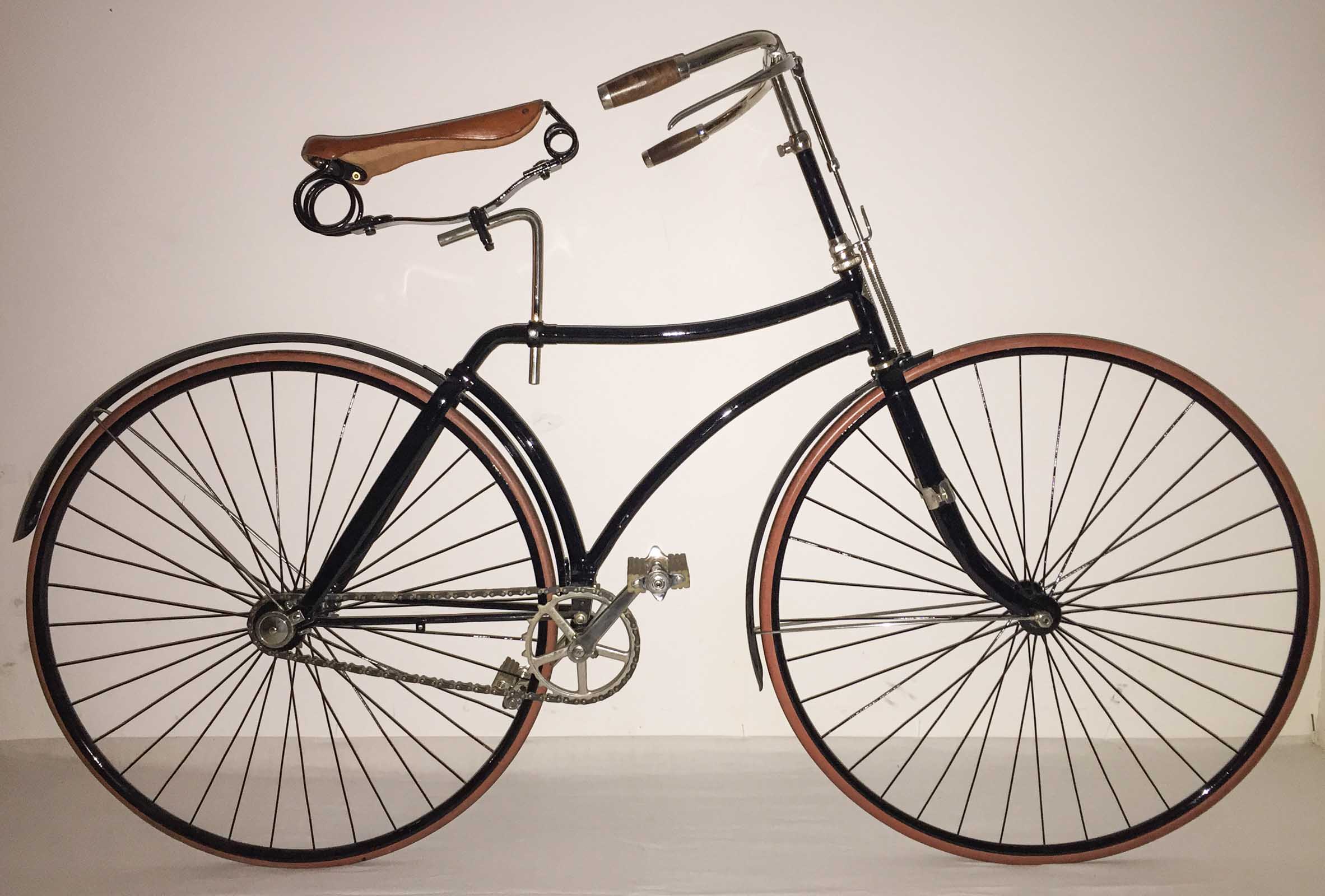



** These areas may be further sub-divided into grades K-1, 2-3, and 4-6. *These areas may be further sub-divided into ages two to three years and four to five years. There should be separated areas for play for the following ages of children: The following exceptions to the space requirements should apply:Ī minimum of thirty-three square feet of accessible outdoor play space is required for each infant Ī minimum of fifty square feet of accessible outdoor play space is required for each child from eighteen to twenty-four months of age. The playground should comprise a minimum of seventy-five square feet for each child using the playground at any one time. The facility or home should be equipped with an outdoor play area that directly adjoins the indoor facilities or that can be reached by a route that is free of hazards and is no farther than one-eighth mile from the facility. That said, doing this in a cycling lane is typically much more dangerous and should as a rule be avoided, for a number of reasons people highlighted in other answers.6.1.0.1: Size and Location of Outdoor Play Area Riding in the opposite direction is of course illegal, but I personally don't mind when I see such a cyclist approaching because they typically move out of the way and because bicycle traffic is ignored by local planners to such an absurd degree that I'd much rather see people cycle illegally as long as it's safe, than not cycle at all. at pedestrian speeds) because cars don't expect cyclists from the opposite direction (although they often don't seem to expect them from any direction.), this practice of driving in the opposite direction on a cycling path is typically not at all dangerous because most such footways see little pedestrian traffic so the offending cyclist temporarily moves off of the cycling path when someone in the right direction approaches. While such cyclists have to enter crossroads carefully (i.e. to avoid having to cross an avenue twice just to travel a kilometre down the side they're already on. Main city avenues typically have at best a single-direction cycling path on the footway/pavement and cyclists often use these paths in the opposite direction, e.g. In Zagreb, Croatia, for example, cycling infrastructure is rare (about 100km of streets have any kind of cycling infrastructure in a city of 900.00 people) and really low quality.


 0 kommentar(er)
0 kommentar(er)
